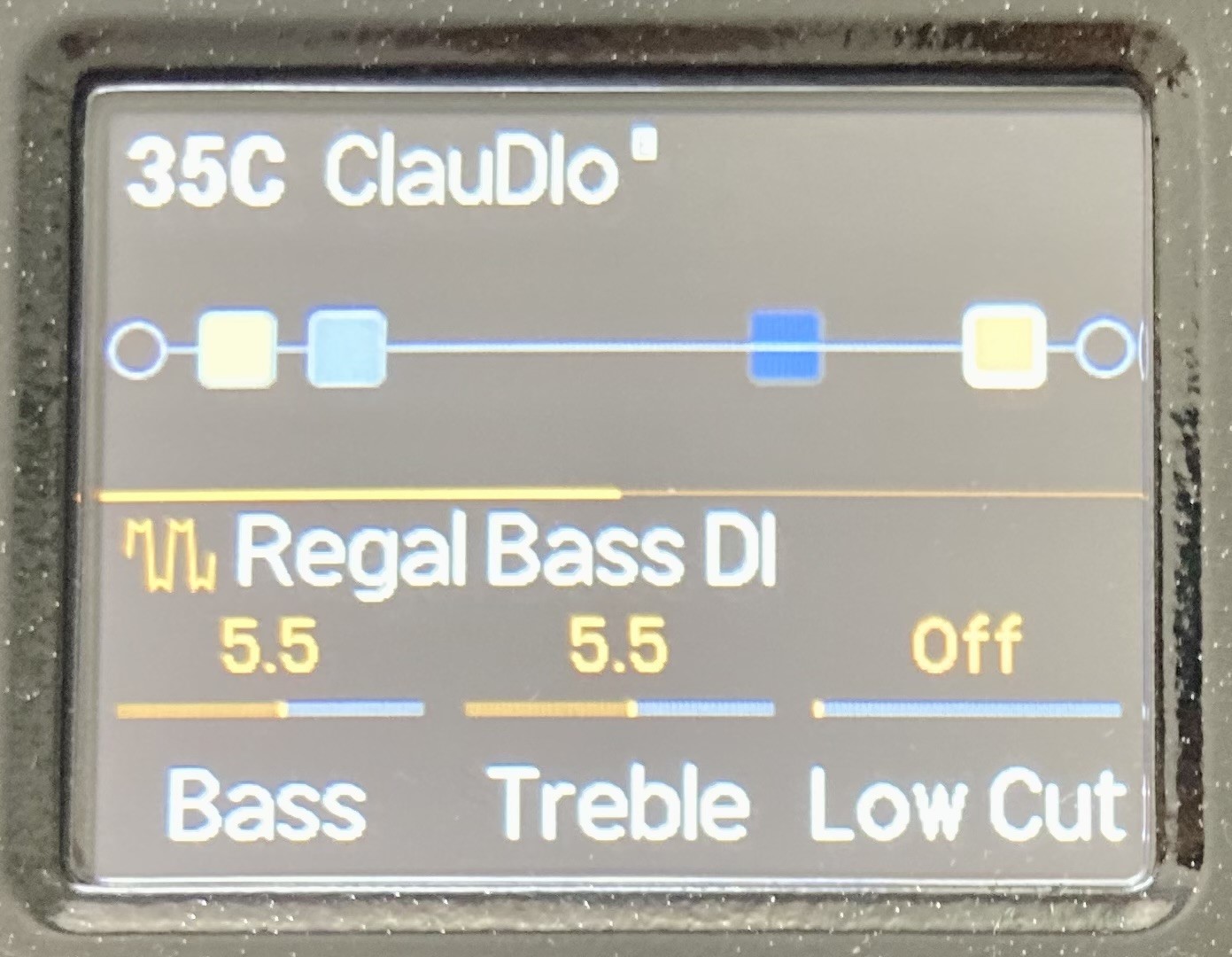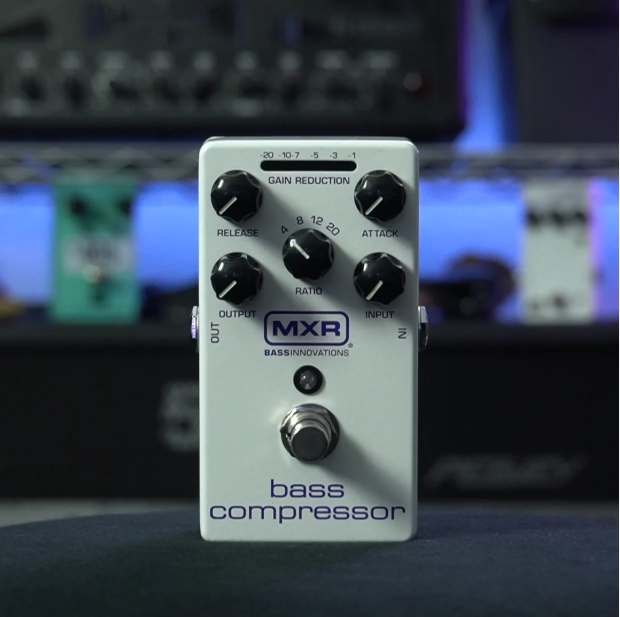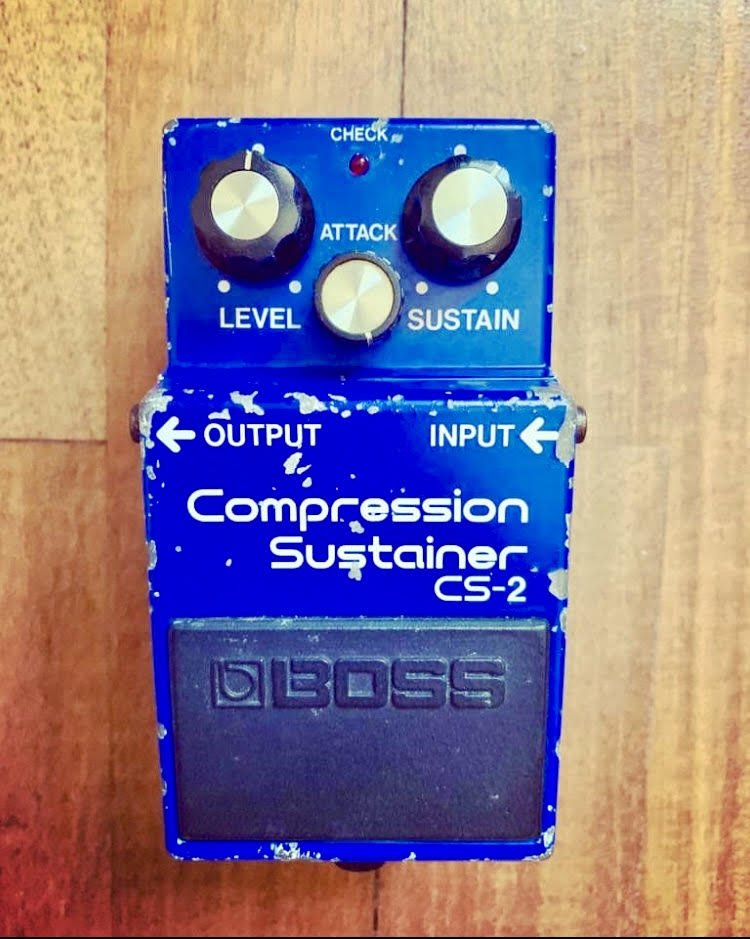
HX Regal DI: Pedal Review
The Poor Man’s Noble! The world of bass preamps and DI pedals is full of legendary options, but few have reached the near-mythical status of the Noble Bass Preamp DI. With its warm, rich tones and undeniable studio and stage appeal, the Noble DI has become a must-have for professional bassists. However, with a price tag that hovers around $1,200, it remains out of reach for many players. Enter the Regal Bass DI, a model introduced in Line 6’s Helix 3.70 firmware update. Designed to emulate the beloved Noble DI, the Regal Bass DI aims to provide that coveted tone at a fraction of the cost. But does it live up to the hype? Let’s find out. Features & Controls The Regal Bass DI includes the core tonal controls found in the Noble DI, giving bass players access to a simple yet effective EQ section. Here’s a breakdown of its features: For Helix users, these features make the Regal Bass DI an easy drop-in for direct recording, live performance, and tone shaping within a digital rig. Regal DI vs. Noble DI: A Comparison So how does the Regal Bass DI compare to the Noble DI? While the Regal DI does a fantastic job emulating the tonal characteristics of the Noble, there are some differences to consider. Tone The Noble DI is known for its tube-driven warmth, which naturally compresses and rounds out the tone in a way that solid-state or digital emulations often struggle to fully replicate. The Regal DI, while very close, lacks the physical 12AX7 tube that gives the Noble DI its signature harmonic richness. However, in a live mix or a recording chain, the difference is subtle and can be compensated with slight EQ and compression tweaks. Feel & Dynamics The Noble DI responds incredibly well to playing dynamics, offering a natural “amp-like” feel. The Regal DI gets remarkably close, especially when paired with other Helix effects like the Retro Reel to simulate the warmth and compression of an analog signal path. Portability & Versatility The Regal Bass DI has a clear advantage in terms of portability and flexibility. With the ability to tweak and integrate seamlessly within the Helix ecosystem, it becomes an incredibly versatile tool for players who need multiple tones at their disposal. The Noble DI, on the other hand, is a dedicated preamp DI with a fixed tonal character, making it less adaptable. Price & Value This is the biggest differentiator: $1,200+ vs. $0 (for existing Helix users). If you already own a Helix, HX Stomp, or Helix Native, the Regal DI is a no-brainer—it gives you 90% of the Noble DI sound for free. If you’re an analog purist who values true tube warmth, then the Noble DI might still be worth the investment. Conclusion The Regal Bass DI is a fantastic addition to the Helix family, offering a realistic and versatile alternative to the Noble DI at a fraction of the cost. While it doesn’t quite capture the full tube magic of the Noble, it gets close enough that most bassists—especially in live and mix contexts—will struggle to tell the difference. If you already own a Helix or HX Stomp, the Regal DI is an absolute steal. But if you’re after the true organic tube warmth, the Noble DI remains the undisputed king. Either way, bass players now have more choices than ever when it comes to dialing in that legendary tone!

